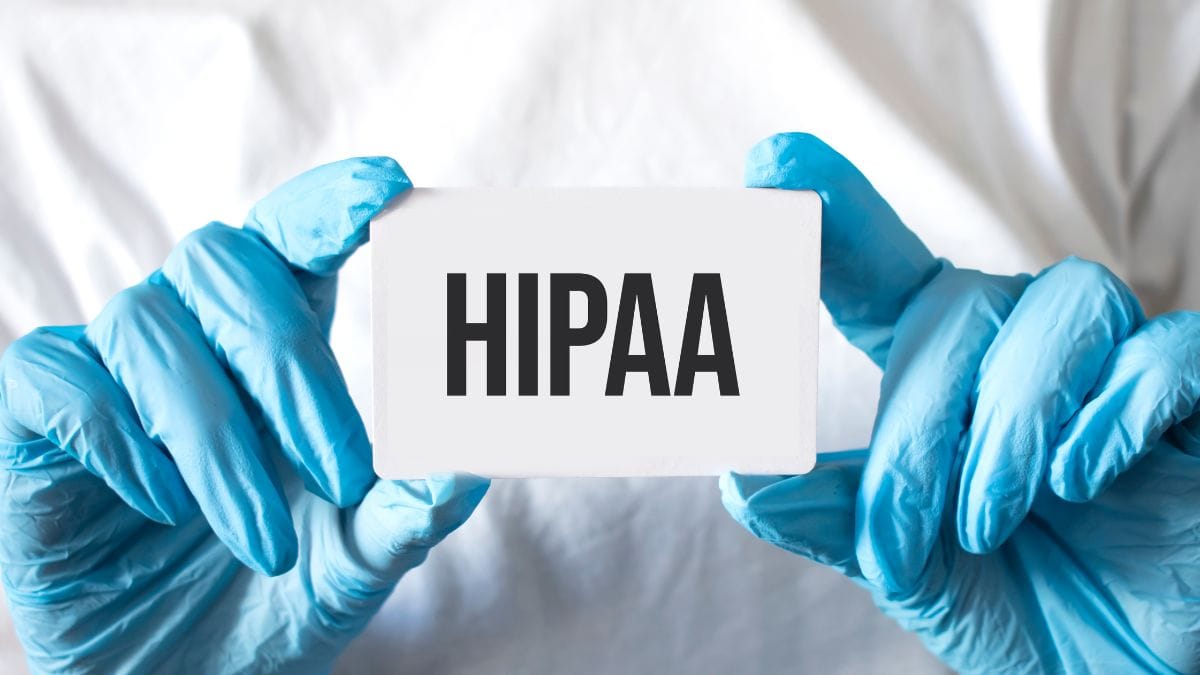Securely Communicate with HIPAA Compliant Tools

In today’s fast-moving digital world, healthcare professionals need to share information quickly, clearly, and most importantly, securely. Whether it’s a doctor emailing a lab report to a colleague or a clinic texting a patient a follow-up reminder, communication is constant in the healthcare field. But with all that convenience comes responsibility. When dealing with private health information, there’s no room for error. That’s where HIPAA-compliant communication tools come in.
One way to simplify and secure these conversations is by using a digital health engagement solution. These platforms are designed to help healthcare providers communicate effectively with patients while staying compliant with privacy regulations.
If you’re wondering how to securely communicate with patients and colleagues while staying compliant with privacy laws, you’re in the right place. Let’s dive into what HIPAA compliance really means, why it’s so crucial, and how to choose the right tools to keep your conversations secure.
What Does HIPAA Actually Mean?
HIPAA stands for the Health Insurance Portability and Accountability Act. It’s a U.S. law designed to protect sensitive patient data from being shared or accessed without permission. If you handle patient information in any way, HIPAA applies to you.
The law ensures that Protected Health Information (PHI)—such as medical histories, test results, insurance details, and even appointment times—is kept private and secure. For patients, HIPAA gives peace of mind. For healthcare providers, it’s a non-negotiable standard for compliance.
Why Secure Communication Matters More Than Ever
Imagine this: a nurse sends a test result to a patient using a regular email account. Or a doctor uses a personal phone to text a colleague about a diagnosis. While these actions may feel convenient in the moment, they put private patient data at risk.
A single mistake—like sending information to the wrong person or using an unsecured platform—can lead to major consequences. From hefty fines to lawsuits and reputational damage, the fallout can be severe. Secure communication tools help avoid these risks and ensure the integrity of every patient interaction.
What Makes a Tool HIPAA-Compliant?
Not all communication tools are HIPAA-compliant, even if they claim to be secure. To meet HIPAA standards, a platform must include several essential features:
1. End-to-End Encryption
Messages must be encrypted from the moment they’re sent to the moment they’re received. This ensures no one else can access the data in between—not even the platform itself.
2. Access Controls
Users need to verify their identity through strong passwords or two-factor authentication before accessing any sensitive information.
3. Audit Logs
These track every access or edit made to patient information. That way, it’s easy to trace who did what and when.
4. Automatic Timeouts
If a user leaves a computer or device unattended, the system should log them out after a period of inactivity to protect against unauthorized access.
5. Business Associate Agreement (BAA)
If you’re using a third-party tool, they must sign a BAA, which is a legal document that confirms their commitment to protecting PHI in line with HIPAA standards.
Popular HIPAA-Compliant Communication Tools
Here are some examples of platforms healthcare providers are using to communicate securely:
Secure Email:
Platforms like Paubox and Hushmail offer encrypted email that meets HIPAA requirements. These are great for sending documents or appointment updates without risking patient privacy.
Messaging Apps:
TigerConnect and Klara are messaging tools made for healthcare teams. They allow real-time chats between providers and administrative staff in a safe and compliant way.
Telehealth and Video Calls:
Zoom for Healthcare and Doxy.me offer video conferencing with built-in encryption and security features that make virtual consultations safe and legal under HIPAA.
Patient Portals:
Many Electronic Health Record (EHR) systems now include secure patient portals. These platforms allow patients to message their doctors, review test results, and schedule appointments within a protected environment.
How to Choose the Right Tool for Your Practice
Every clinic is different, and what works for one office might not suit another. When considering a communication tool, ask yourself these questions:
- Does the provider sign a Business Associate Agreement?
- Is the platform user-friendly for both staff and patients?
- Can it integrate with your current systems?
- Are the security features up to date?
- Is the pricing scalable as your practice grows?
Choosing the right tool shouldn’t just be about checking boxes. It’s about finding a system that supports your workflow while keeping patient data safe.
Common Mistakes That Can Lead to Breaches
Even with the best tools in place, human error can still cause issues. Here are some common mistakes that healthcare teams should watch out for:
Using Personal Devices
Unless properly configured and secured, personal phones and laptops shouldn’t be used to communicate about patients. Stick to approved and encrypted devices.
Forgetting to Log Out
Leaving a computer screen open can expose private information. Make logging out a habit, especially in shared workspaces.
When communicating, follow the rule of minimum necessary information. Only include what’s truly needed.
Assuming Consent
Just because a patient messages you first doesn’t mean it’s okay to respond with PHI. Make sure consent is clearly given before sharing sensitive details.
Train Your Team on HIPAA Communication
Technology alone isn’t enough. Your staff needs to understand how to use it responsibly. Training is key. Make sure everyone on your team knows:
- What types of information are considered PHI
- How to spot phishing emails or suspicious activity
- The importance of strong, unique passwords
- How to securely send and receive messages or files
Ongoing education helps create a workplace culture that prioritizes privacy and security.
Benefits of Secure Communication
Secure communication tools don’t just help with compliance. They also improve how your practice runs and how patients experience your care.
Faster Response Times
Encrypted messaging allows for quick and safe exchanges between team members or with patients.
Better Team Collaboration
When everyone is connected securely, it’s easier to coordinate care and avoid delays.
Stronger Patient Trust
Patients feel more comfortable knowing their information is handled responsibly.
Fewer Mistakes
Clear, documented, and secure communication reduces the chance of missed details or confusion.
Final Thoughts
HIPAA-compliant communication isn’t just about avoiding penalties. It’s about delivering better care, building trust with patients, and creating a secure, efficient healthcare environment. By using the right tools and training your team on best practices, you can confidently handle sensitive conversations while staying within legal guidelines.
It might take a little time and effort to get everything in place, but the peace of mind it brings is worth it. In a world where data breaches are all too common, taking the extra steps to protect your patients and your practice is simply the smart thing to do.




